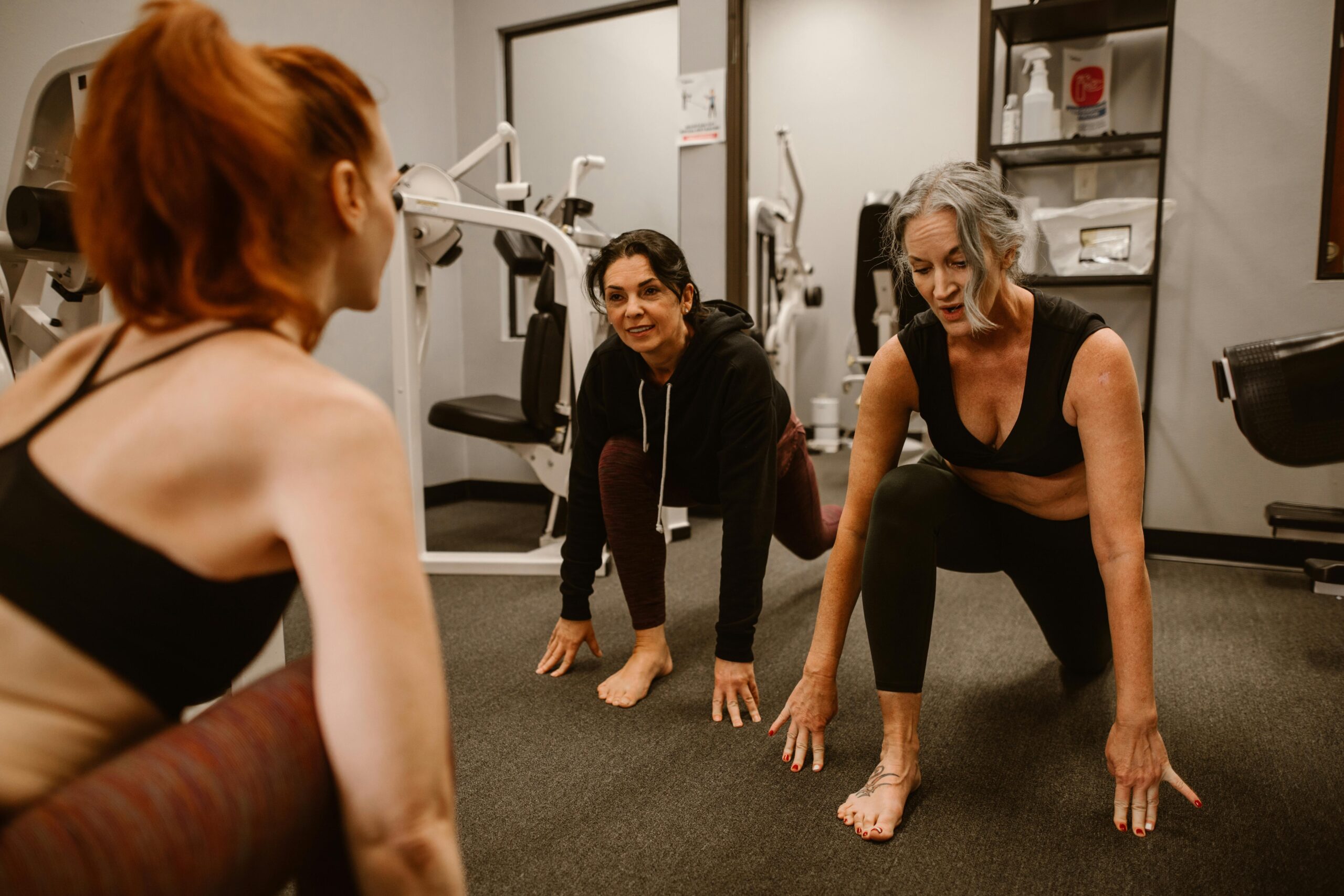
When Sarah Mitchell lost her marketing job in 2023, she thought her $150 investment in Japanese hair scissors was just about saving money on her own haircuts. Eighteen months later, she’s earning $50,000 annually cutting hair from her apartment. And she’s not alone.
According to research, 70% of women say they still don’t feel represented in the images they see every day (Dove Global Beauty Survey). Yet we keep pouring billions into an industry that profits from making us feel inadequate.
Across the country, women are discovering that professional hair scissors aren’t just tools for personal grooming. They’re keys to economic independence that the beauty industry would rather keep locked away.
The Hidden Economy Nobody Talks About
There’s an entire underground economy of women cutting hair in their kitchens, living rooms, and backyards.
Not licensed salons. Not professional stylists.
Just women with good scissors and steady hands, earning real money while dismantling a system that’s kept beauty behind expensive doors for too long.
“I started cutting my neighbor’s hair to save her money,” explains Maria Rodriguez, who now has 30 regular clients in her Phoenix community.
“Word spread. Now I’m making $3,000 a month, cash. Working maybe 15 hours a week. My scissors paid for themselves in two days.”
These aren’t back-alley operations.
They’re mutual aid networks. Women supporting women. Building economies that reject the beauty industry’s stranglehold on our wallets and self-worth.
The numbers tell the story. The global beauty industry hits $758.4 billion in 2025 (Statista Beauty Market Report). Built entirely on one premise: that we need professionals for everything.
But what happens when women realize we can BE the professionals?
Breaking the Professional Monopoly
Here’s what the beauty industry doesn’t want you to know: there’s no magic to cutting hair.
Yes, stylists train and develop incredible skills. But the basic ability to trim, shape, and maintain hair? That’s knowledge that’s been deliberately gatekept to maintain economic control.
“Professional” tools have been marketed as dangerous. Difficult to use without training.
It’s a lie.
The same Japanese hair cutting scissors that cost thousands in salon supply stores are available online for under $200. The only difference? The markup and the myth that you need permission to use them.
Think about it.
For generations, women cut their families’ hair at home. Our grandmothers did it during the Depression (historical records show home haircutting surged 300% during the 1930s). Our mothers did it during recessions.
Somewhere along the way, we were convinced we’d lost this ability. That we needed to pay someone else to do what we’d always done ourselves.
The beauty industry profits from our insecurity. Every time you’re told your hair is “difficult” or that you need a “professional touch,” someone’s banking on your self-doubt.
As Naomi Wolf argued in “The Beauty Myth,” beauty standards exist to distract us and reduce our financial strength. The numbers prove it.
The average woman spends $877 annually on hair care (beauty industry analysis). Black women? Up to $1,500 (Nielsen Consumer Report).
That money could stay in our pockets. In our communities. Funding our dreams instead of corporate shareholders.
The Tools That Change Everything
Let’s get practical.
Professional scissors aren’t complicated. They’re just well-made tools designed to cut cleanly.
Here’s what actually matters:
Japanese steel stays sharp longer. German scissors are more forgiving for beginners. Either works.
You don’t need the $800 scissors that salons use. A decent pair between $100-250 will last you a decade or more if you care for them.
The convex edge that everyone talks about? It just means the blade slices instead of crushes. Your hair stays healthier. Cuts look cleaner.
That’s it. No mystique. No special training required.
What the industry really fears isn’t that you’ll hurt yourself with professional tools.
It’s that you’ll realize how simple this all is.
That you’ll start cutting your own hair. Then your friend’s. Then your neighbor’s. That you’ll build economic power outside their system.
Sarah Mitchell started with one pair of scissors. “I watched YouTube videos. I practiced on myself first, then my sister. Within a month, I was confident enough to cut anyone’s hair. The scissors made the difference. Good tools make you look like you know what you’re doing, even when you’re still learning.”
Women Supporting Women: The New Economy
The kitchen salon movement isn’t just about individual success stories. It’s about collective economic liberation. Women are creating alternative beauty economies that prioritize community over competition.
In Oakland, Lisa Park runs a “Scissors Circle” where women teach each other cutting techniques. “We pool money to buy professional scissors in bulk, getting better prices. Then we share skills, practice on each other, and eventually, everyone’s earning money on the side.”
These circles often become more than skill shares. They’re economic incubators. Women trade services, share childcare while someone’s cutting hair, refer clients to each other. It’s mutual aid in action.
The disability community has especially embraced this model.
Rachel Kim, who has chronic fatigue syndrome, explains: “I can’t work a traditional job, but I can cut hair from my home when I have energy. My scissors give me income and independence I never thought possible.”
Trans women are finding safety and economic opportunity too.
“I don’t have to out myself to employers or deal with discrimination,” shares Alex Chen. “I built my client base through word of mouth in the queer community. My scissors literally feed me.”
Your Economic Liberation Toolkit
Ready to join this quiet revolution? Here’s your roadmap:
Start With the Right Tools Invest in quality scissors. Yes, it’s an upfront cost, but think of it as buying your economic freedom. Japanese scissors between $150-250 are the sweet spot for starting out. They’ll last years and pay for themselves in weeks.
Learn the Basics Free YouTube University is real. Search “basic haircut tutorial” and watch everything. Practice on yourself first. Then willing friends. Document your progress. Every expert started as a beginner.
Build Your Network Start with friends and family. Charge less than salons but more than nothing. $20 for a cut that would cost $60 at a salon? Everyone wins. Word spreads fast when you’re good and affordable.
Do the Math
- 5 haircuts per week at $25 each = $125
- 4 weeks per month = $500
- 12 months = $6,000 extra income
- Scale up as you improve = $20,000+ annually
That’s real money. Rent money. School supply money. Emergency fund money. Freedom money.
The Bigger Picture
This isn’t just about haircuts.
It’s about recognizing that the skills we’ve been told are “professional” are often just human abilities we’ve been convinced we don’t possess.
When women control the tools of beauty, we control the narrative.
We decide what looks good. We set the prices. We keep the profits. We build networks of support that exist outside traditional economic structures.
The beauty industry wants us to believe we need them.
The truth is, they need us. Our money. Our insecurity. Our willingness to accept that we’re not capable of taking care of ourselves.
Every woman who picks up professional scissors is proving them wrong.
Every home haircut is a small act of rebellion.
Every dollar earned outside their system is a vote for our own economy.
Starting Today
Sarah Mitchell’s $50,000 year didn’t happen overnight. But it started with one decision: to believe she was capable of more than the system told her.
“I was terrified the first time I charged someone for a haircut,” she admits. “But then I realized I was providing real value. I was convenient, affordable, and caring. My clients weren’t just paying for a haircut. They were investing in another woman’s independence.”
The tools exist. The knowledge is free (thanks to YouTube and online tutorials). The only thing standing between you and economic independence might be the belief that you’re not allowed to claim it.
Professional scissors aren’t just about cutting hair. They’re about cutting ties with a system that profits from our dependence. They’re about building something new, something ours, something that serves us instead of extracting from us.
The revolution doesn’t always look like protests and signs. Sometimes it looks like a woman in her kitchen, scissors in hand, building her own economy one snip at a time.
Join us. The only thing you have to lose is your salon bill.
















